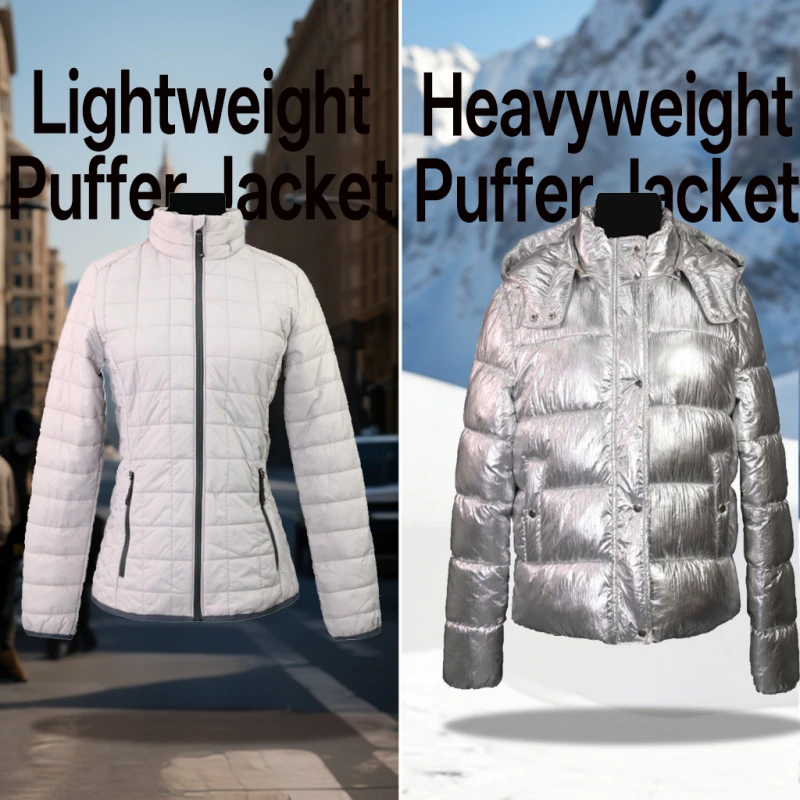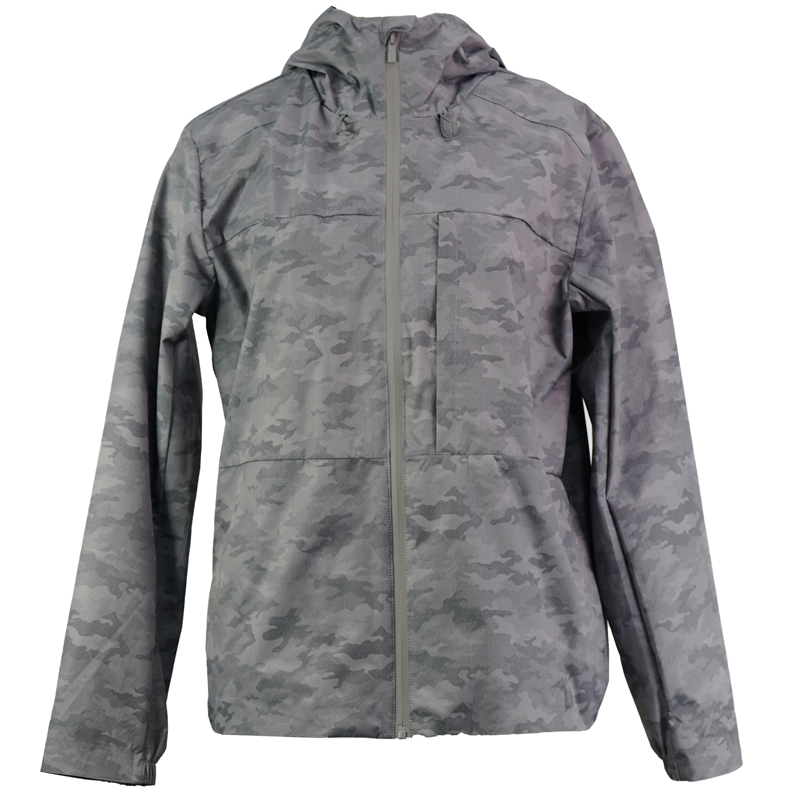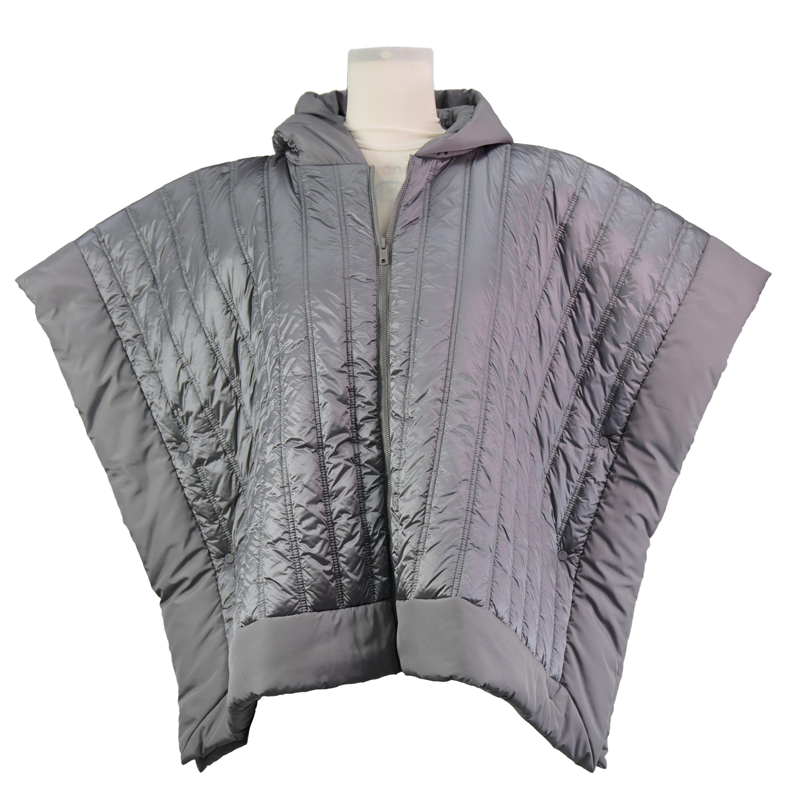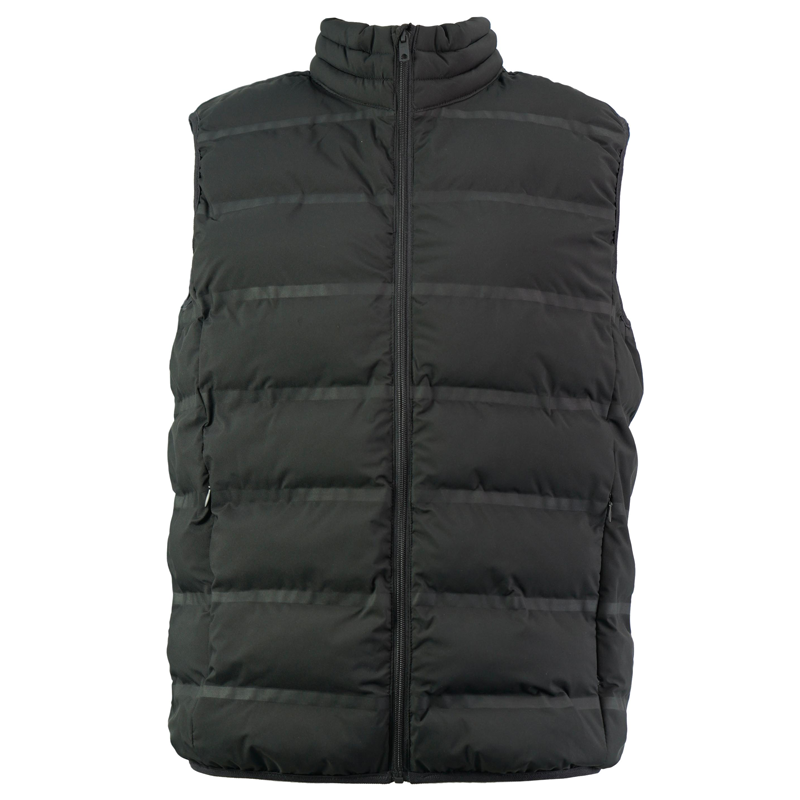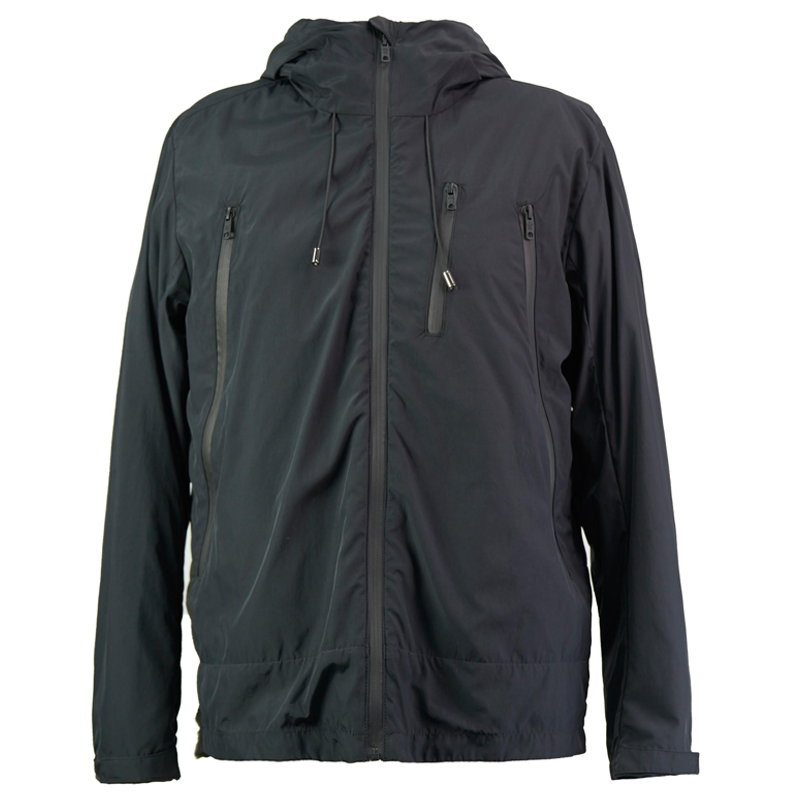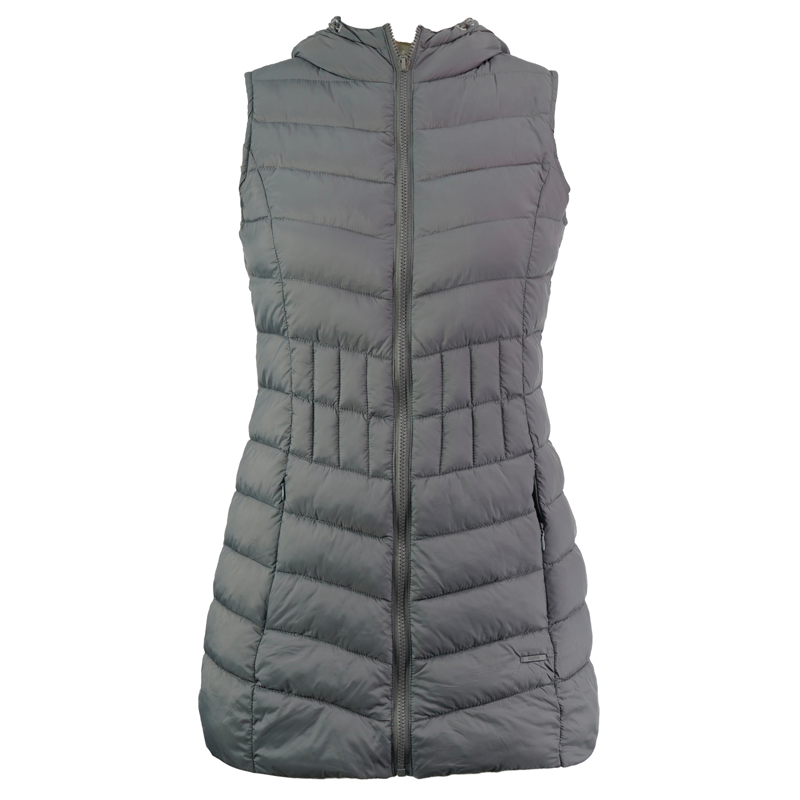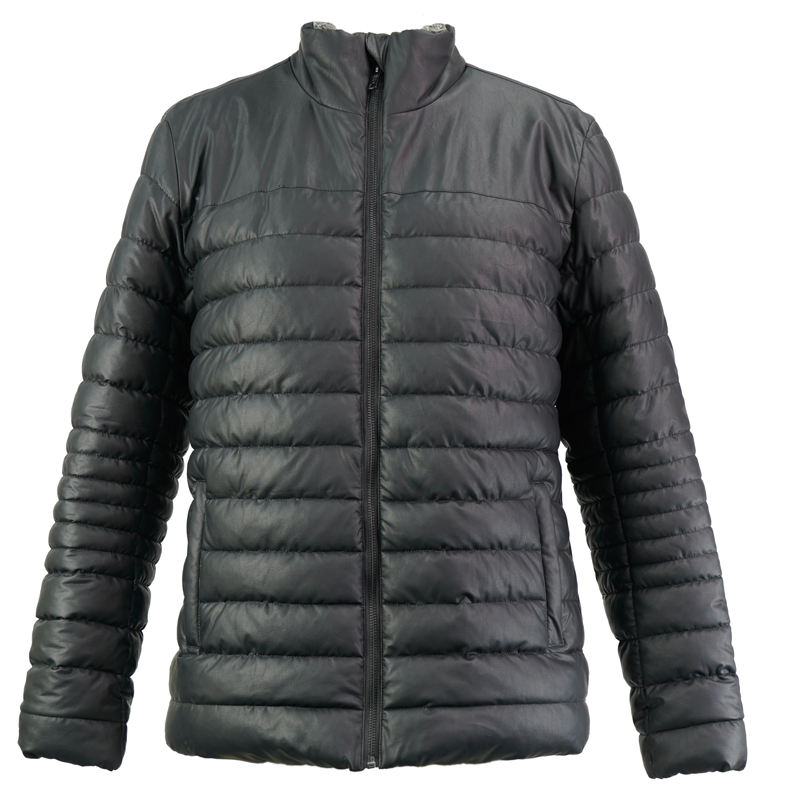When the temperature drops and the cold begins to bite, the puffer jacket becomes less of a fashion accessory and more of a survival essential. But the eternal question haunts even the savviest winter shoppers: should you go lightweight or heavyweight? It sounds straightforward, but the answer is surprisingly nuanced and personal.
Both types of jackets serve distinct needs, and making the right choice involves more than just checking the thermometer. You’ll need to consider your lifestyle, climate, comfort preferences, and even storage space. In this article, we’ll break down the differences between lightweight and heavyweight puffer jackets—backed by research, real-world data, and a deeper look into modern garment production. To add practical context, we'll also highlight the professional capabilities of JIANGSU OVERSEAS FAREAST INDUSTRIAL CO., LTD., a global garment manufacturer at the forefront of winterwear innovation.
What’s the Difference?
Let’s start with the basics: what actually differentiates a lightweight puffer jacket from a heavyweight one?
| Feature | Lightweight Puffer Jacket | Heavyweight Puffer Jacket |
|---|---|---|
| Insulation Type | Often synthetic or light down | High-fill down or dense synthetic |
| Weight | Typically under 500g | Often over 1kg |
| Packability | Easily compressible | Bulky and space-consuming |
| Temperature Rating | Mild to moderately cold climates | Extreme cold and snow |
| Mobility | High flexibility and movement | Less mobility, more bulk |
So far, so good. But what does this mean for real-world usage?
Understanding Insulation: Science Meets Style
Insulation is the soul of a puffer jacket. The warmth-to-weight ratio is the metric everyone should care about, and it varies widely between down and synthetic fillings. According to data from OutdoorGearLab and Consumer Reports, natural down still leads in thermal efficiency, but loses performance when wet. Synthetic insulation, while heavier, offers reliability in damp conditions.
| Material | Warmth-to-Weight Ratio | Performance When Wet | Longevity |
| Goose Down (700+) | Excellent | Poor | 5-10 years |
| Synthetic (e.g. PrimaLoft) | Good | Excellent | 3-5 years |
Lightweight puffers tend to use low-fill down or thin layers of synthetic fibers, making them more suited to transitional seasons. Heavyweight jackets, on the other hand, may feature 800-fill goose down or double-layered synthetic insulation, providing sub-zero protection.
Lifestyle and Climate Considerations
Your lifestyle plays a massive role in determining the right fit. Are you a city commuter in New York or a hiker in the Alps? A lightweight jacket might suffice for someone darting between heated buildings, while a heavyweight model becomes non-negotiable in arctic conditions.
Think about layering too. A lightweight jacket is versatile—throw it over a hoodie in autumn or under a shell in freezing rain. In contrast, heavyweight jackets often serve as standalone pieces, ideal for static activities in severe cold like watching a football game or winter fishing.
Durability and Versatility: Long-Term Thinking
Heavyweight jackets are often over-engineered to withstand abuse—abrasion-resistant shells, reinforced seams, water-resistant coatings. While you might not feel like an arctic explorer on your morning coffee run, the protection is real.
However, this comes at the cost of versatility. Lightweight jackets shine here, especially models with water-resistant nylon shells and synthetic insulation. You can wear them in the office, on a flight, or while hiking.
And let’s not ignore trends. The sleek silhouettes of lightweight jackets have become fashion staples. Pair it with joggers or chinos—no one bats an eye.
The Manufacturer’s Perspective: Crafting Quality with Purpose
Here’s where JIANGSU OVERSEAS FAREAST INDUSTRIAL CO., LTD. comes in. As a key player in the global garment supply chain, our company understands that performance begins with precision. With more than 400 professional technicians and 10 high-capacity garment lines, we produce up to 80,000 pieces of outerwear monthly. Our factories, spread across China, Myanmar, Vietnam, and Cambodia, collectively produce 10 million garments annually.
We integrate cutting-edge materials and collaborate with designers to perfect both lightweight and heavyweight jacket models. Whether our clients are seeking BSCI-certified winterwear for Scandinavian retailers or fashion-forward puffers for Australian boutiques, we adapt with speed and integrity.
Our lightweight jackets often incorporate packable technologies, breathable linings, and weather-resistant zippers—features customers ask for, and we deliver. Our heavyweight lines are built for endurance, featuring seam-sealed construction, rugged outer shells, and ethically sourced down insulation. Contact JOC for more information.
Environmental and Ethical Impact
Weight isn’t just a comfort issue—it’s also an environmental one. Lightweight jackets use fewer materials, generate less CO2 in production, and are often easier to recycle. But this isn’t a rule set in stone.
Heavyweight jackets, though resource-intensive, tend to last longer if properly maintained. That means fewer replacements, less waste, and a smaller long-term footprint. JIANGSU OVERSEAS FAREAST INDUSTRIAL CO., LTD. factors these trade-offs in every production decision, continuously updating our processes to reduce water usage and improve textile recycling protocols across our factory network.
We’ve earned WRAP and BSCI certifications for a reason—we believe in ethical sourcing, humane working conditions, and sustainable development.
Storage and Travel: A Surprising Dealbreaker
You might not think of it at first, but if you travel often or have limited closet space, jacket bulk matters. A heavyweight jacket can take up half your suitcase; a lightweight one can be packed into its own pocket.
Some data from REI Co-op's annual consumer survey showed that 68% of travelers prefer jackets that can be compressed into a carry-on. That’s a strong vote in favor of the featherweights.
Still, if you're moving to a sub-zero region, you might prefer to leave space for a thicker jacket and sacrifice a few extra T-shirts.
Which One Is Right for You? (A Quick Checklist)
| Question | Go Lightweight | Go Heavyweight |
| Do you live in a mild-to-moderate climate? | Yes | No |
| Will you be layering often? | Yes | No |
| Is ease of movement important? | Yes | No |
| Will you be exposed to prolonged outdoor cold? | No | Yes |
| Do you prioritize packability and versatility? | Yes | No |
| Are you looking for a fashion-forward silhouette? | Yes | Possibly |
Final Thoughts: There’s No Wrong Choice—Just a Smarter One
The decision between a lightweight and heavyweight puffer jacket isn’t binary—it’s contextual. One person’s arctic-ready coat is another’s overkill. And vice versa.
But whether you’re leaning toward featherlight versatility or fortress-level warmth, what matters most is thoughtful design and trustworthy construction. That’s where companies like JIANGSU OVERSEAS FAREAST INDUSTRIAL CO., LTD. make a difference.
By combining technical precision with consumer-focused adaptability, we don’t just make jackets—we build cold-weather confidence.
So before you swipe your card, zip up, and step out into winter, take a moment to consider what you really need. Because sometimes the weight you carry—light or heavy—is exactly what makes you feel just right.
